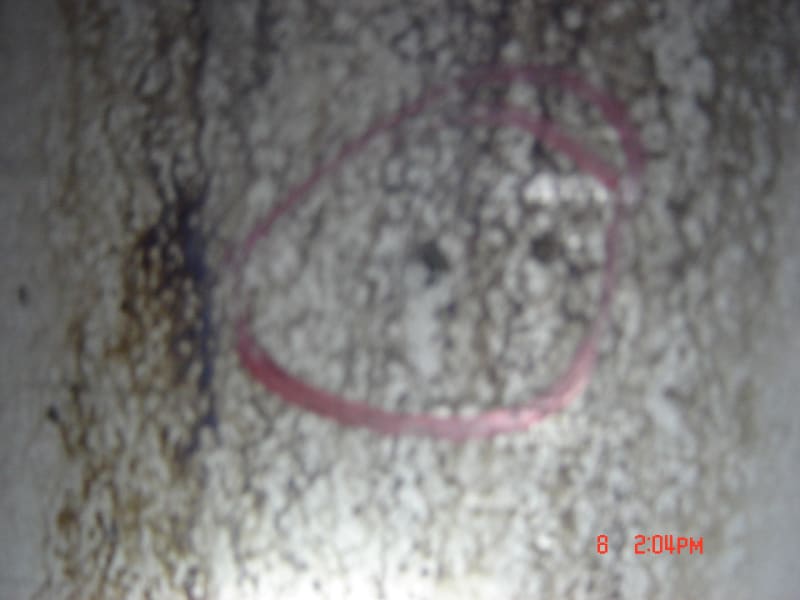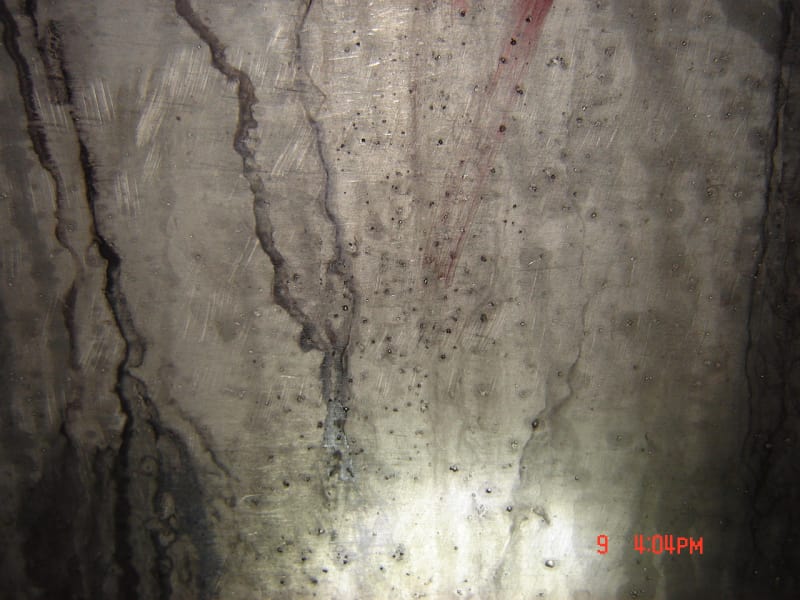Larry-MTS
Materials
- May 13, 2018
- 5
A reaction vessel made of SS 316L is subjected to pitting corrosion after 1 year in use. Can anyone help to analyze why the pitting corrosion occurs? Thanks!
Acylation tank: SS 316L
Media: 25% acetic acid, datril, other impurities.
Highest working temp,: 130°C
Please see the pits on internal surface: oh sorry. I can't paste the pic directly to the post

One of our senior engineer says that it probably be caused by the halogen contaminants (especially chlorine ion from potable water).
Acylation tank: SS 316L
Media: 25% acetic acid, datril, other impurities.
Highest working temp,: 130°C
Please see the pits on internal surface: oh sorry. I can't paste the pic directly to the post

One of our senior engineer says that it probably be caused by the halogen contaminants (especially chlorine ion from potable water).


